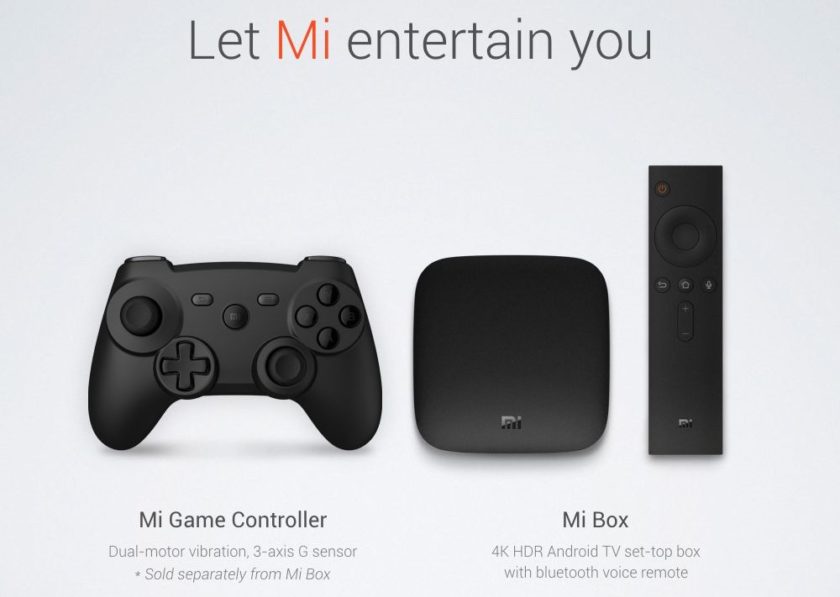Xiaomi fans in the United States have been waiting for a while now to see the Chinese giant officially start selling their products in the North American country. In an interview with Bloomberg, the company’s vice president, Hugo Barra explains their plans.
Good News
There is a product launching in October. Some of you may already know the product marking the company’s debut in the US, but for those who don’t, I’ll bring you up to speed.
During Google’s I/O 2016 conference, the search giant mentioned that some new android TV and Google cast devices will be coming to the market soon. One of those devices is Xiaomi’s Mi Box which already exists in China but runs regular android. It will be launching with the more refined Android TV in the US. The Mi box supports 60 fps 4K video decoding, HDR10, Digital Dolby Plus + DTS surround sound, HDMI 2.0a, and has a bluetooth voice remote.
You can also purchase the optional Mi Game Controller for playing supported android games. I am excited about this launch, as I have put off buying the regular version because this version will be launched with Android TV based on Android Nougat which is way better than the regular type that comes with Lollipop.
Bad News
Smartphones will be coming later. Hugo Barra says even though the US market is very important, they are still a young company and have to be stay focused with their international expansion. The technology standard in the US is very high and the market is complex, so they want to carefully plan their entry and make sure they get things right, most especially after-sales services.
RELATED: Xiaomi Inc Expected to Go Public in 2025
When asked about how the company aims to cover the financial aspect, Mr. Barra mentioned that they do not need to raise money as their financial power is fine such that they have also financially backed some companies in China.
Xiaomi’s launch sees them taking the fight to Apple’s own turf. Their biggest market at the moment is in India and they are reportedly doing well there, but back home in China, they have been overtaken by Huawei, OPPO, and Vivo.







